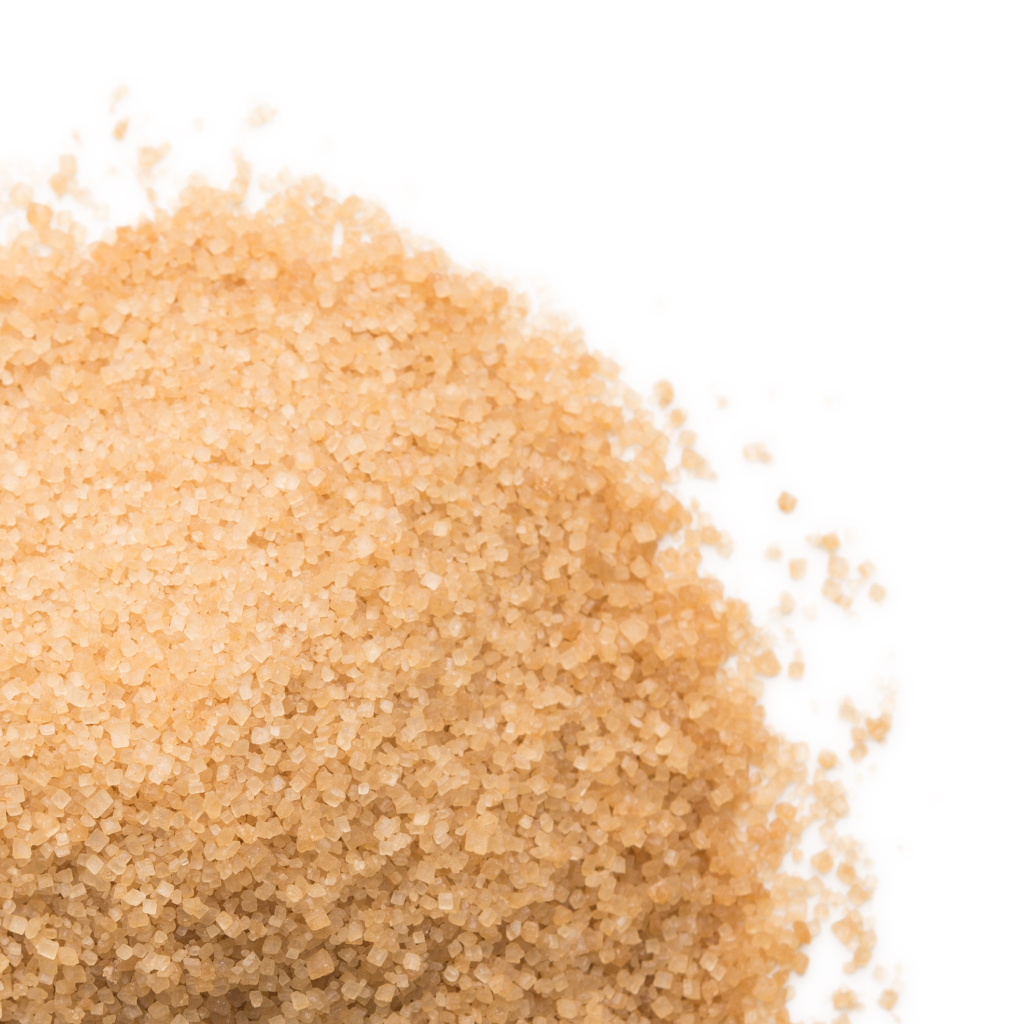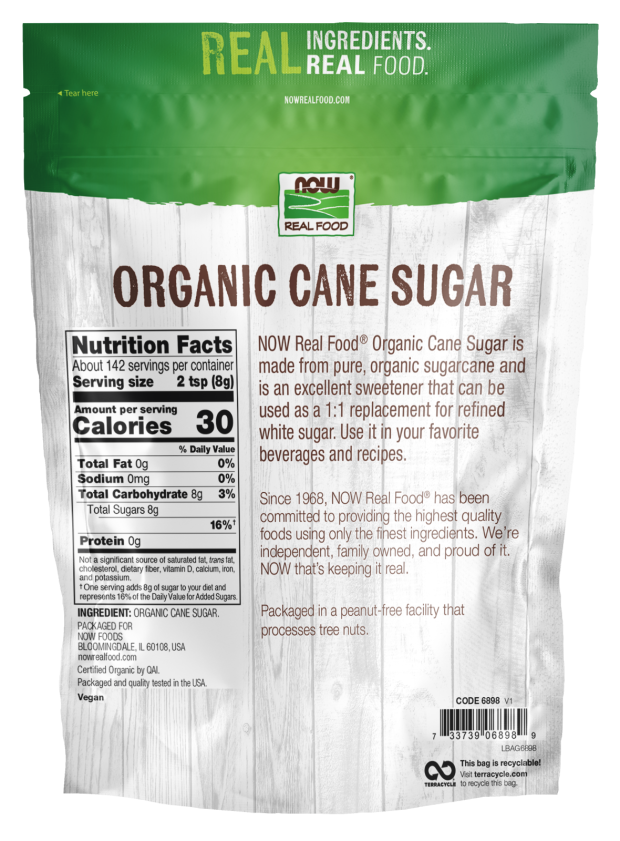A Thorough Overview to the Environmental Influence and Sustainability Practices in Walking Stick Sugar Processing
The environmental influence of walking stick sugar processing offers a complex range of challenges that warrant careful evaluation. From soil destruction and excessive water use to the carbon footprint associated with farming and manufacturing, the consequences of conventional techniques are far-ranging. What details techniques can be applied to strike a balance between efficiency and ecological stewardship?
Introduction of Walking Stick Sugar Handling
Cane sugar processing involves a series of methodical actions that transform sugarcane right into refined sugar. Initially, collected sugarcane is delivered to processing centers, where it undertakes cleaning to eliminate dirt and particles. Following this, the walking cane is squashed to remove juice, which is then cleared up by eliminating pollutants through heating and the addition of lime.
The cleared up juice undertakes dissipation, where water is eliminated to focus the sugar content. These crystals are divided from the continuing to be syrup using centrifugation, resulting in raw sugar.
The final product is then dried out and packaged for circulation. Throughout this whole process, keeping efficiency and quality assurance is vital to make certain the sugar meets sector requirements. Each action in walking cane sugar handling not just contributes to the end product however likewise has effects for resource usage and waste generation, setting the phase for discussions on sustainability and ecological impacts linked with sugar manufacturing.
Ecological Obstacles of Production
The production of walking stick sugar offers several substantial environmental difficulties that warrant interest. One primary concern is the considerable use agrochemicals, including chemicals and plant foods, which can bring about soil deterioration, biodiversity loss, and contamination of regional water resources. The overflow from sugarcane fields typically lugs these chemicals right into nearby environments, disrupting aquatic life and affecting the health of areas reliant on these water bodies.
Another obstacle is the high power usage associated with sugarcane handling. The boiling and refining stages need considerable heat, mainly created by burning nonrenewable fuel sources, contributing to greenhouse gas emissions. In addition, the extensive acreage needed for sugarcane farming can lead to deforestation and environment destruction, additional intensifying environment adjustment and harmful wildlife.
Furthermore, the labor methods in some areas increase moral worries, as workers might face poor working problems and poor earnings. This scenario usually perpetuates a cycle of hardship in regional communities. Cane Sugar Processing. Addressing these environmental difficulties is vital for creating a lot more lasting practices in walking cane sugar manufacturing, eventually profiting both the setting and the neighborhoods involved in this industry
Water and Land Use Influence
Water sources and land usage are critical components in the walking stick sugar industry that considerably impact the atmosphere. The farming of sugarcane needs substantial water input, with estimates recommending that it can consume up to 2,000 litres of water per kilogram of sugar generated. This intensive usage of water frequently leads to depletion of neighborhood water sources, affecting not only the sugarcane ranches however additionally surrounding ecological communities and neighborhoods that count on the exact same water resources for agriculture and domestic use.

Furthermore, land use for sugarcane farming can lead to logging and the conversion of natural habitats into monoculture haciendas. This method lessens biodiversity, interferes with local ecosystems, and adds to soil destruction. The expansion of sugarcane fields usually intrudes on valuable agricultural land, producing competition for resources in between food and biofuel manufacturing.
Lasting practices, such as enhancing irrigation strategies and carrying out crop turning, are important to mitigate these effects. By taking on extra reliable water use and land administration strategies, the walking cane sugar sector can reduce its environmental footprint, making certain an equilibrium in between agricultural efficiency and environmental conservation.
Greenhouse Gas Emissions
Greenhouse gas exhausts represent a significant environmental worry within the walking stick sugar handling market, specifically as farming practices increase to fulfill international need. The cultivation of sugarcane, a crop that prospers in tropical climates, depends greatly on artificial fertilizers and pesticides, which add to laughing gas discharges. Additionally, land-use changes, including deforestation for new sugarcane plantations, launch co2 stored in plants and soil.
During processing, energy consumption is one more major source of greenhouse gas discharges - Cane Sugar Processing. Numerous sugar mills make use of fossil fuels to power machinery and produce heat, leading to considerable carbon footprints. Moreover, the transportation of raw sugarcane and completed items includes layers of discharges through fuel combustion in vehicles
This involves examining present agricultural practices, refining approaches, and transport systems to identify locations for read this article improvement and reduction. Attending to greenhouse gas exhausts is crucial for promoting a more lasting walking stick sugar sector in a transforming environment.

Lasting Practices and Innovations
Sustainable methods and advancements are significantly important in the walking stick sugar handling market as stakeholders look for to lower ecological influences while keeping productivity. One significant innovation is the execution of integrated plant management, which maximizes source usage by combining dirt management, parasite control, and crop turning strategies. This method improves yield while lessening chemical inputs and preserving dirt wellness.
Furthermore, the fostering of eco-friendly energy sources, such as biomass from sugarcane deposits, has actually obtained grip - Cane Sugar Processing. By converting waste products right into energy, refining centers can lower their reliance on nonrenewable fuel sources, therefore decreasing greenhouse gas emissions
Water monitoring practices have likewise seen improvements through the recycling and reusing of water in handling plants, dramatically decreasing freshwater intake. Developments in modern technology, such as accuracy farming, allow farmers to check crop health and wellness and resource usage better, guaranteeing sustainable growing methods.
In addition, qualification programs like Fair Trade and Jungle Partnership motivate environmentally liable farming methods and advertise social equity within the supply chain. By accepting these lasting methods and technologies, the walking cane sugar handling market can enhance its resilience and contribute favorably to ecological stewardship.
Verdict
The ecological impact of cane sugar handling offers significant challenges, consisting of dirt degradation, high water consumption, and greenhouse gas exhausts, together with honest issues connected to labor methods. Dealing with these issues via lasting techniques, such as incorporated plant monitoring, renewable resource adoption, and water recycling, is crucial. By advertising socially fair and environmentally liable methods in sugar manufacturing, the market can reduce its adverse results, ensuring a more lasting future for both environments and communities associated with internet this sector.
Walking stick sugar processing entails a collection of organized steps that change sugarcane right into polished sugar. Each action in walking stick sugar handling not just click over here now adds to the last item however also has ramifications for source use and waste generation, setting the phase for conversations on sustainability and ecological impacts linked with sugar manufacturing.
Greenhouse gas discharges represent a significant ecological problem within the walking cane sugar handling sector, especially as agricultural techniques broaden to meet international demand.Sustainable methods and developments are increasingly vital in the walking stick sugar handling industry as stakeholders seek to reduce environmental effects while preserving efficiency.The ecological influence of walking stick sugar processing offers considerable challenges, including soil degradation, high water intake, and greenhouse gas exhausts, along with honest issues related to labor techniques.